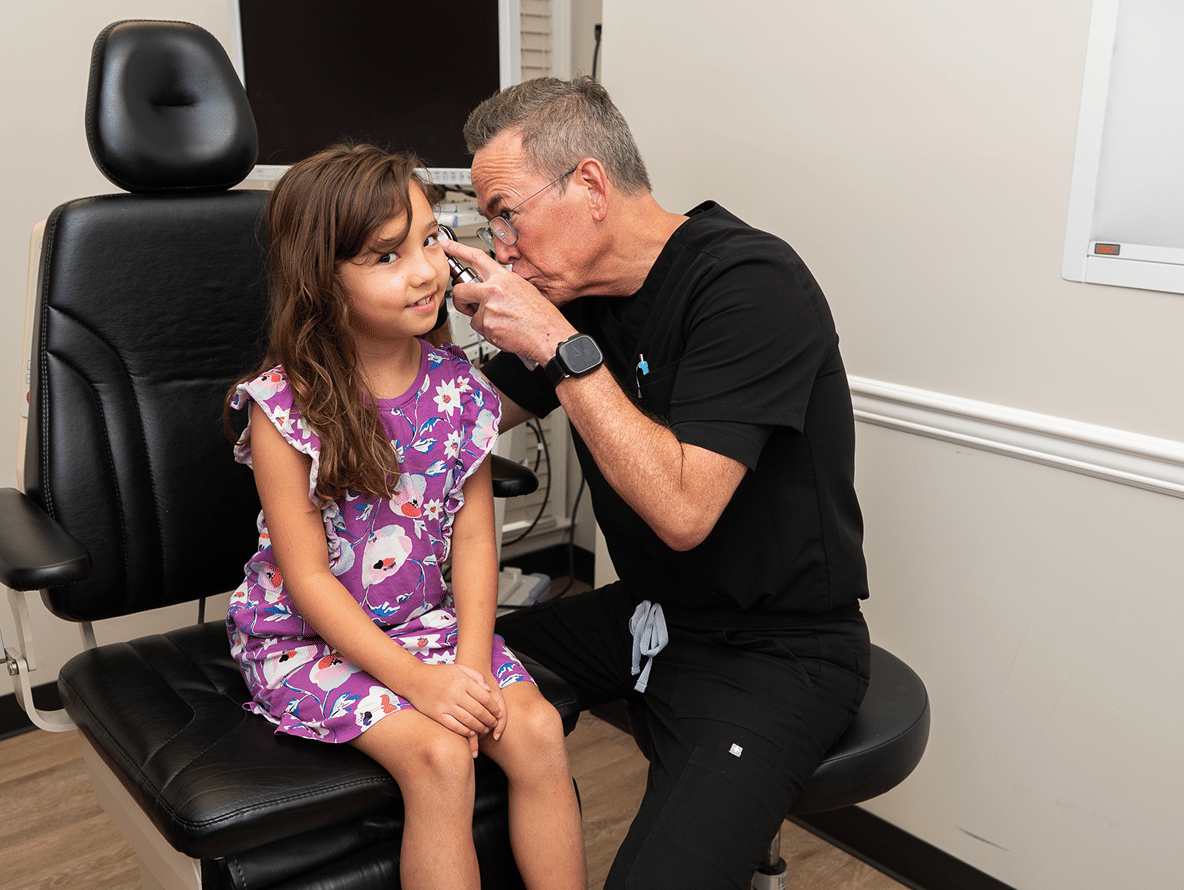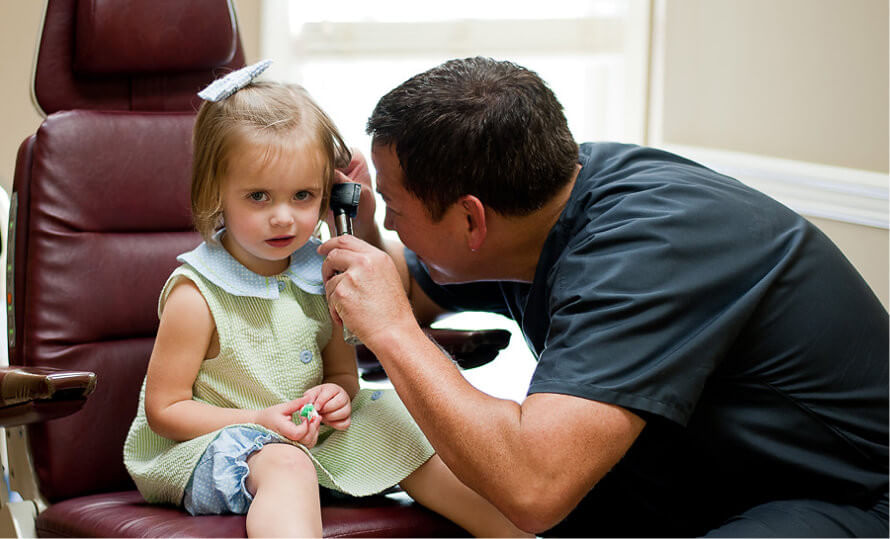Hoarseness, Noisy Breathing, and Reflux
A hoarse voice that lingers may reflect vocal strain from shouting, singing, or frequent throat clearing, and children can develop small, benign callouses called nodules on the vocal cords. Voice rest, hydration, control of allergies, and targeted voice therapy help most kids recover, while persistent hoarseness warrants a laryngoscopy to look directly at the voice box.
In infants, a squeaky, fluttery sound called stridor during feeding or when excited can stem from laryngomalacia, which is a floppy portion of tissue above the vocal cords that collapses inward. Many babies outgrow the sound as their airway stiffens, although poor weight gain, pauses in breathing, or marked distress deserve prompt evaluation and a personalized plan.
Reflux that reaches the upper airway, often called laryngopharyngeal reflux, can inflame the back of the throat and larynx, which triggers cough, hoarseness, and throat clearing. Adjusting feeding or meal timing, reducing trigger foods, and treating nasal allergies reduces irritation, and specialists can tailor further steps if symptoms persist.





